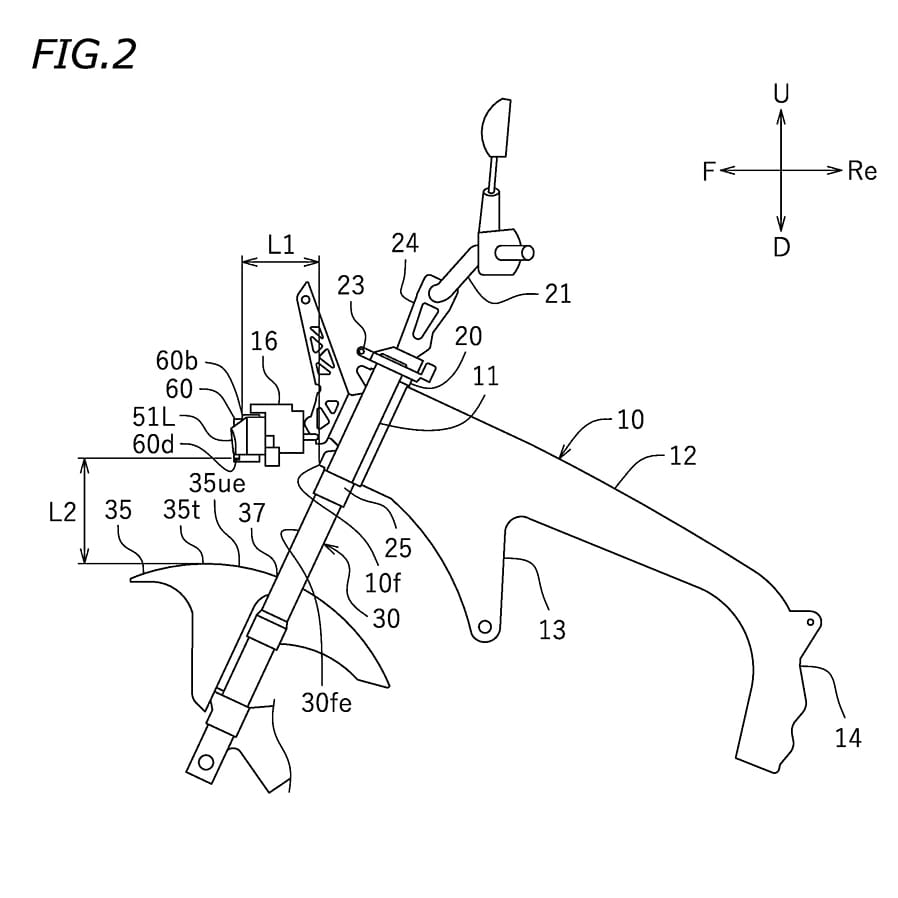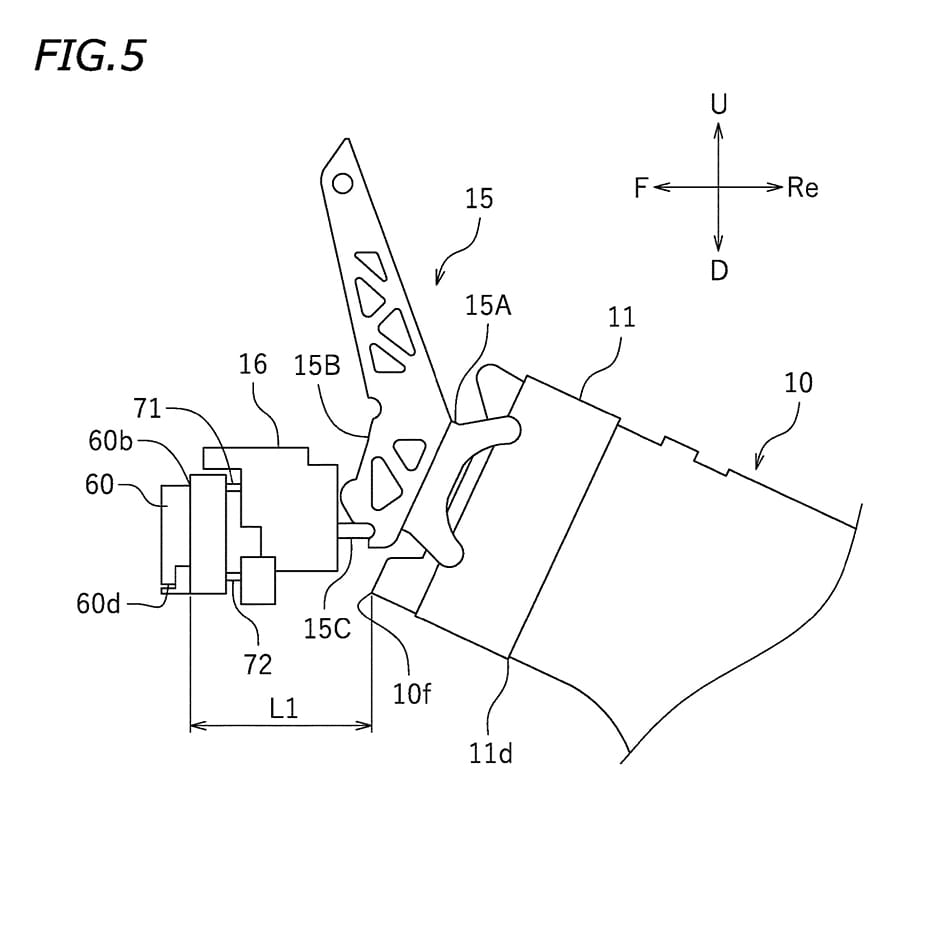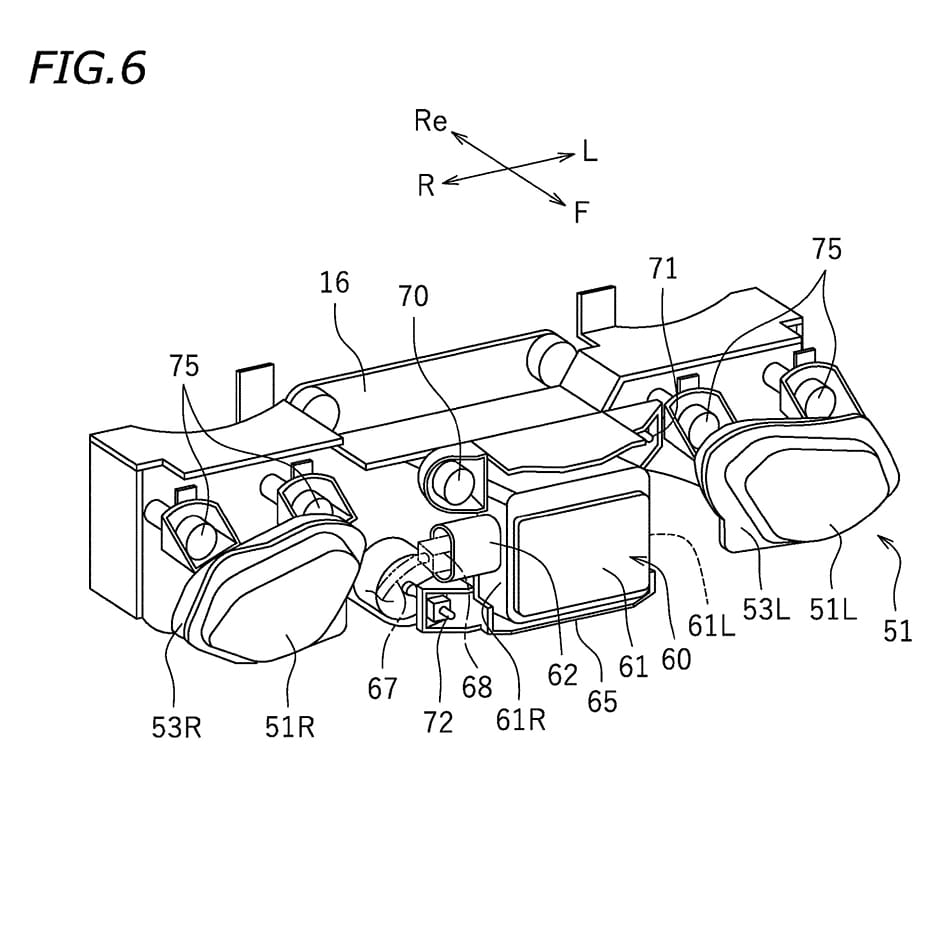The jury is still out on whether motorcyclists really want them, but radar-assisted rider aids are being ramped up with Yamaha and Honda joining four other major manufacturers in the tech revolution. A patent application confirms Yamaha will use a front-facing sensor to make its Tracer 9 the most affordable radar-equipped model on the market. Meanwhile Honda is developing a radical new system that turns blind-spot monitoring on its head.
Honda goes next level
It’s been clear for a while that Honda intends to create a radar-equipped version of its Africa Twin to catch up with the increasing number of rival machines using the technology – but a new patent document indicates another layer of safety in the process.
This will result in a radar-equipped Honda reacting more like a human would, rather than a computer. To do this Honda has turned current automotive blind-spot technology around. Rather than looking out for other vehicles in the blind spot, Honda’s system is designed to recognise when you’re in someone else’s blind spot and either warn you or automatically move you out of it.
Unlike rivals that are using off-the-shelf Bosch radars, Honda is developing its own system specifically for motorcycles and that opens the door to extra software and hardware facets tailored specifically towards bikes.
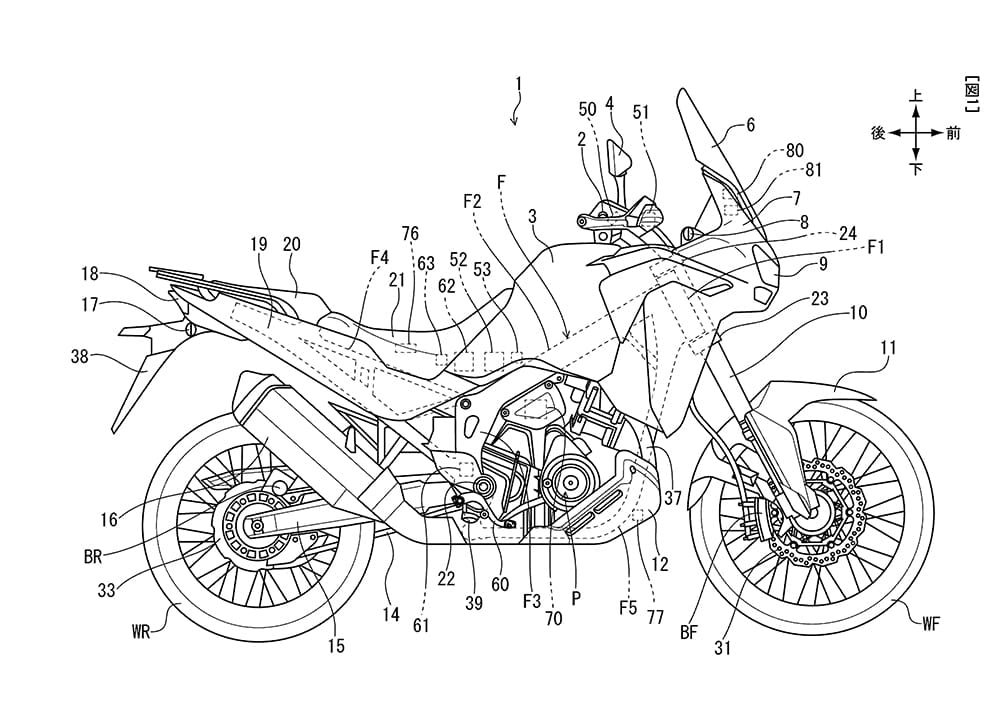
The system, which uses both a front-facing radar and a camera to recognise vehicles ahead, works much like other radars by introducing an adaptive cruise control that keeps a constant distance from the vehicle ahead. However, Honda has recognised that on multi-lane highways adaptive cruise control that only monitors the car ahead could leave you riding for extended periods in the blind spot of vehicles in adjoining lanes.
As such, Honda’s idea is to watch for vehicles in the lanes next to you and to use its camera to identify the type of vehicle they are. It can then use a pre-programmed template to decide whether you’re likely to be in their blind spot. If so it will either flash a warning on the dashboard or, if the adaptive cruise control is engaged, it can accelerate or decelerate to move into a safer position where you’re easier to see.

Essentially, the system intends to ride less like a computer and more like a human who’s well aware of their surroundings rather than fixated on keeping pace with the vehicle ahead.
Given that Honda aims to end motorcycle fatalities on its bikes by 2050, this is just a small element of a host of safety systems that are likely to be launched in coming years to keep us out of danger.
![]()
Yamaha’s secret sensor
Earlier this year we published spy shots revealing a prototype Yamaha Tracer 9 on test with a blanking panel between the low-mounted headlights that appeared to hide a Bosch-made radar sensor. Now we can confirm that’s precisely what was on test as Yamaha has filed a patent application relating to the way the radar sensor is mounted.
There’s little in the patent about the radar itself, which is unsurprising as it’s an off-the-shelf Bosch unit identical to the one already used by Ducati, BMW, KTM and Kawasaki. As such, we can safely assume it has the same abilities, including an adaptive cruise control that keeps pace with traffic ahead and a collision mitigation system that warns if a rider closes in on an obstacle too fast.
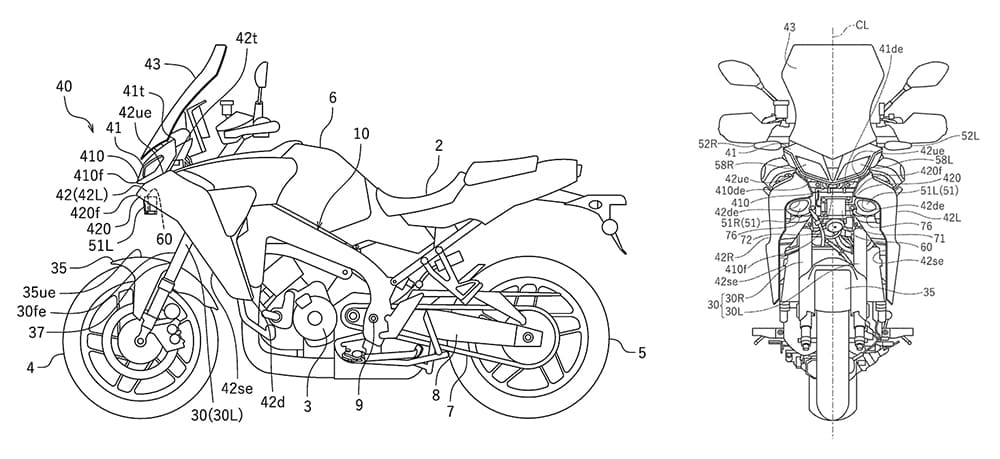
Instead, the document relates to the critical mounting bracket that has to get the radar far enough forward to get a clear view while ensuring it’s free of vibration and doesn’t compromise the styling. Ducati’s Multistrada V4 S, KTM’s 1290 Super Adventure S and BMW’s R 1250 RT as well as its R18 Bagger and Transcontinental leave the sensor itself on full display at the front. However Yamaha is following Kawasaki’s lead by hiding it behind a radar-transparent plastic panel.
Kawasaki’s latest H2 SX is offered with a radar hidden behind a smooth, black panel beneath the headlight. Yamaha’s solution is even less visible since the cover is below the nose, in the gap above the front wheel.
As well as the cosmetic advantage, Yamaha’s patent points out that the plastic panel, which doesn’t interrupt the radar’s electromagnetic waves, acts as a mud/stone protector for the sensor itself. Should the cover become scratched or chipped, it’s cheap and simple to replace it with a new one.
Given the spy pictures and the new patent document, it’s likely that the radar system will become an option on the Tracer 9 in the 2023 model year. Unless other mid-range machines also get radar options it’s likely to become the cheapest way to get a motorcycle with radar cruise control.
